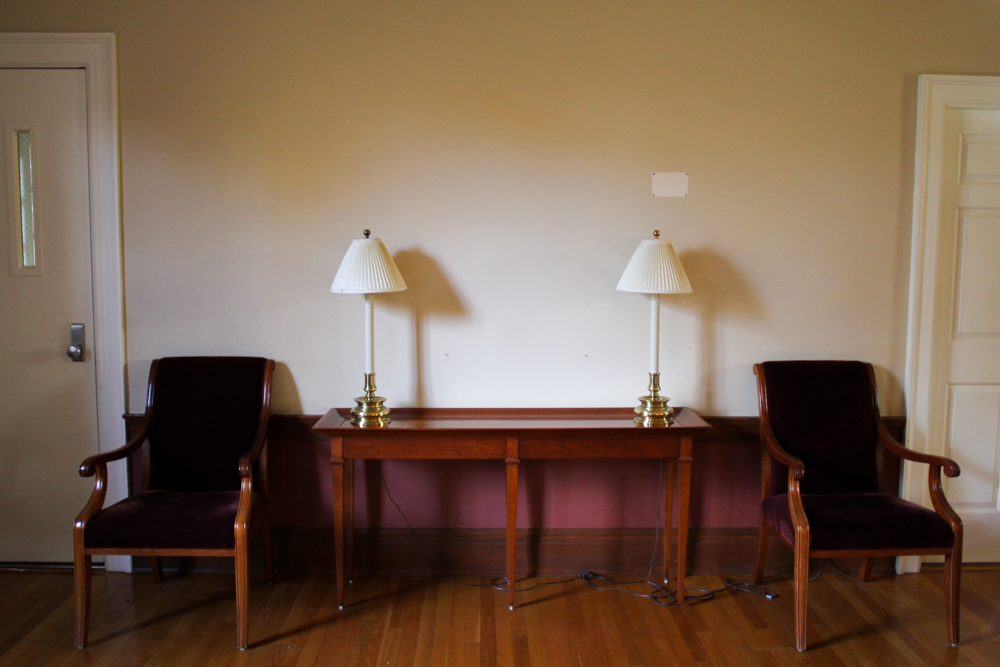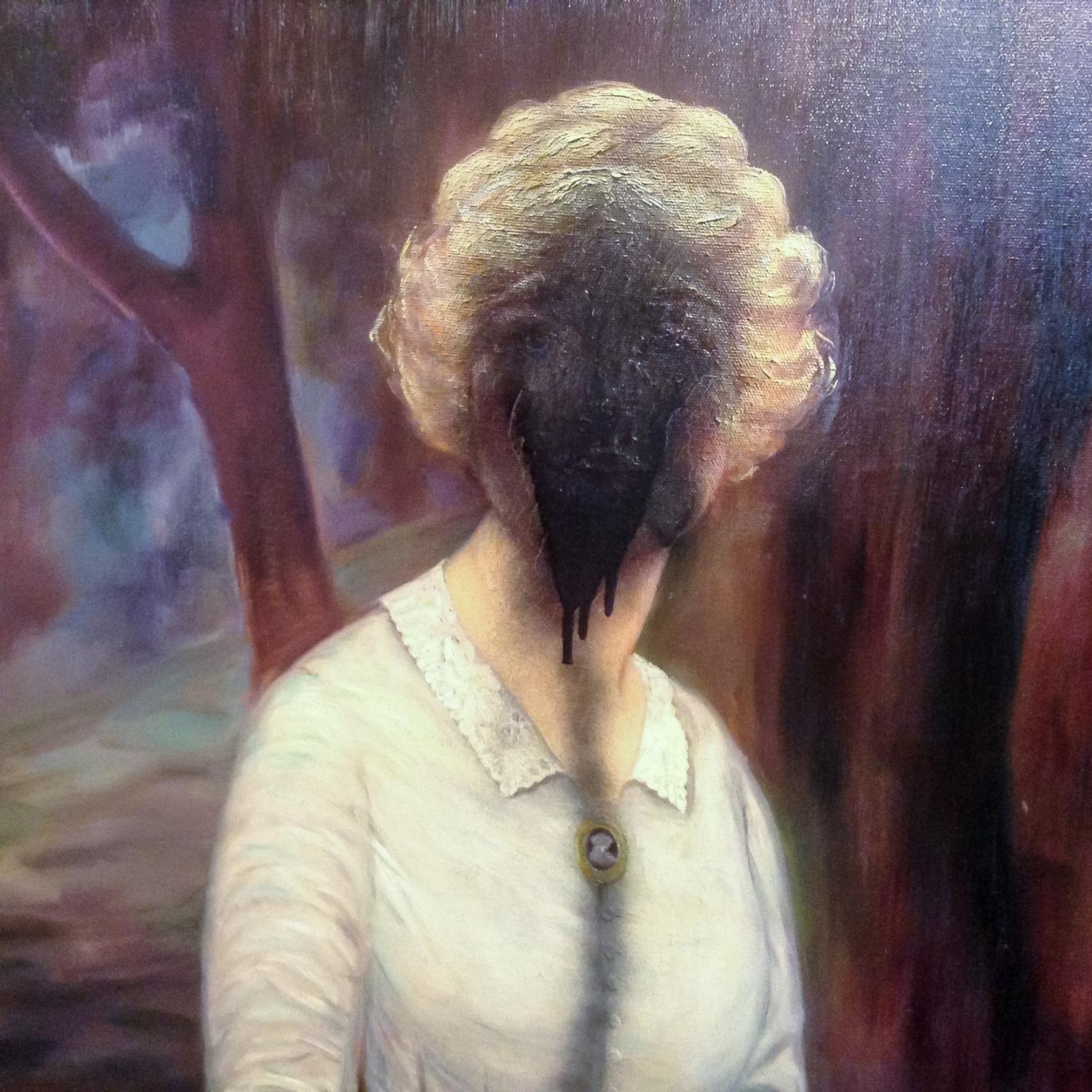Narcissa Whitman Painting Defaced
October 31, 2017
On the morning of Monday, Oct. 9, Prentiss Hall custodians arrived at work to find that the portrait of Narcissa Whitman hanging in the Great Room had been defaced overnight. Accompanying the black spray-paint covering Narcissa’s face was an anonymously-written note which reads: “In 1836, Marcus and Narcissa Whitman began colonizing the land of the Cayuse, Walla Walla, and Umatilla Peoples. The Whitmans were not martyrs. Let’s remember them for who they were: colonizers, racists, murderers. They brought disease, stole native peoples’ land, and claimed it for themselves, and actively recruited others to do the same. This painting does not serve merely as a remembrance of our past, it glorifies and legitimizes the white supremacy and colonialism our college and nation were––and still are––built upon.”

The portrait was removed that same Monday (also known as Columbus Day, also known as Indigenous Peoples Day), and is now in the care of Kynde Kiefel, Exhibition and Collections Manager for Sheehan Gallery. It is unknown at this time whether or not the painting––which has purportedly been hanging in Prentiss Hall since the 1920s––is restorable.
The note itself bears a few inaccuracies. First, the Whitman Mission was built on the soil of the Cayuse nation, exclusively. Specifically, the land belonged to the Tiloukaikt band of Cayuse, who gave the Whitmans permission to live there (though they did not expect the Whitman mission to become a hub for yet more settlers traveling the Oregon Trail). The Whitmans also never murdered anybody. However, Marcus, a doctor, was unable to cure the Cayuse of measles when an epidemic ravished the area. The disease claimed most of the Cayuse children in the valley and the community’s population dropped by about half. Historians and epidemiologists debate who exactly transmitted the measles to the Cayuse. Some believe white settlers following the Oregon trail brought it with them; others believe the Walla Walla Indians, who had been trading with tribes in present-day California, brought the disease home.

The memorial statue of Marcus Whitman at the intersection of Boyer Avenue and Main Street was also marked on Indigenous Peoples Day. Red paint covering the hands drew public attention and was removed later that day. Scrutiny of monuments venerating historical figures has snowballed in recent months, following the May 2017 removal of four Confederate statues in New Orleans and the white supremacist rallies in Charlottesville, Va. Over the past several weeks, statues across the country memorializing Christopher Columbus, Theodore Roosevelt and others have been symbolically marked with red paint in protest.
More on this story will follow next week.
Editor’s note: The original version of this story used two photos of the vandalized painting without consent from the contributor. The original image credits were also misattributed. Both images have since been removed.






Rachel Brown, Ph.D., NCSP (1987) • Nov 2, 2017 at 6:45 pm
I am glad to see this story (finally). I am sad that information about this vandalism was not shared with current Whitman students when it happened. I know this because I attended my 30th Whitman reunion on the weekend following the vandalism and learned of it. during a tour of Prenstiss. My daughter is a Whitman Freshman living in Prentiss and had not heard about the vandalism to both the Narcissa portrait and the Marcus statue. It bothers me that these facts were not distributed and explained to all current students immediately after the vandalism. I was a history major at Whitman and went on to teach history. I actually agree that the presence of the Whitmans was part of the overall genocide of the indigenous peoples and first nations of the Americas. However, vandalizing markers about the history that occurred is a passive form of activism. Instead, I urge those who wish to bring attention to past atrocities to focus efforts on creating real, and positive, change. We cannot change the past but we can determine the future. In addition, I urge the Whitman College administration to engage current students in the important dialog about how to confront difficult truth. President Murray has said that she will not shield students from controversial and painful discourse. It seems like hiding the overt vandalism of the Whitmans’ memorials fails to uphold this promise. I expect more, and better, of Whitman College.
Sincerely,
Rachel Brown, Ph.D., NCSP
Whitman class of 1987